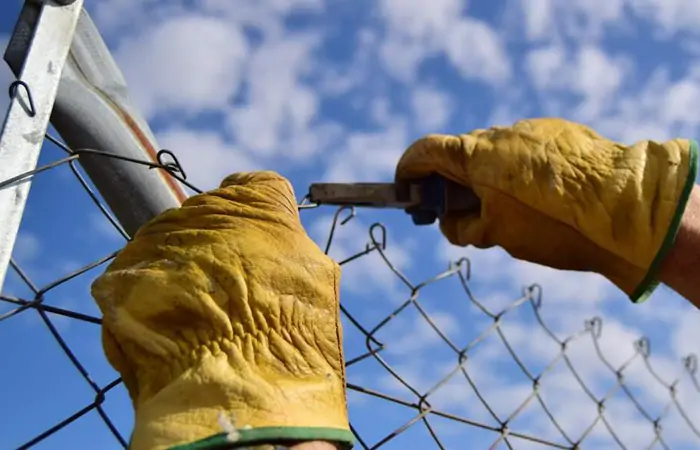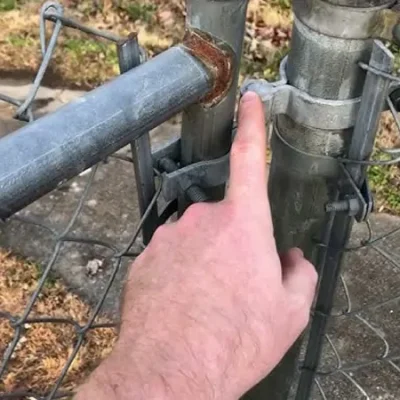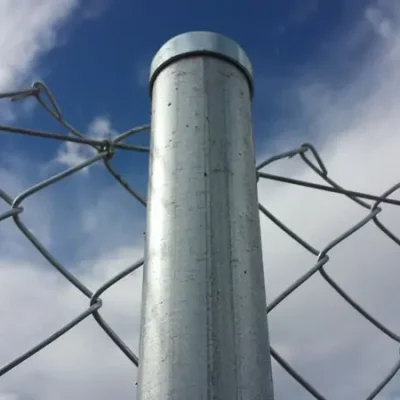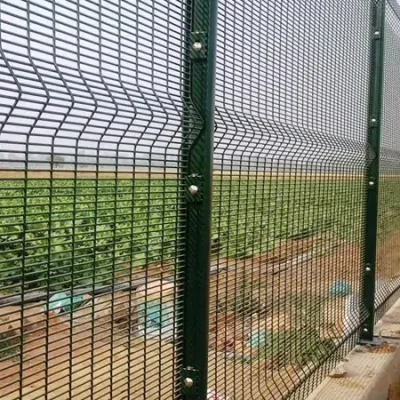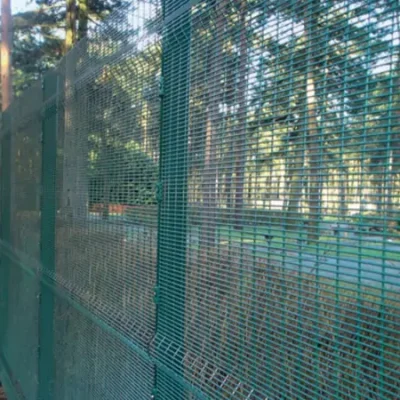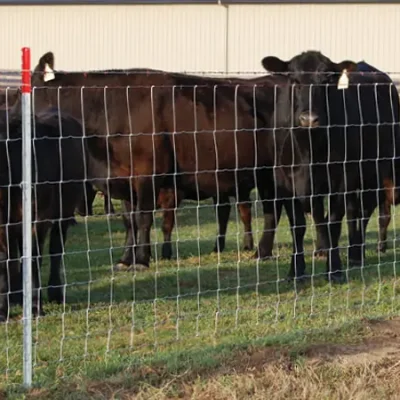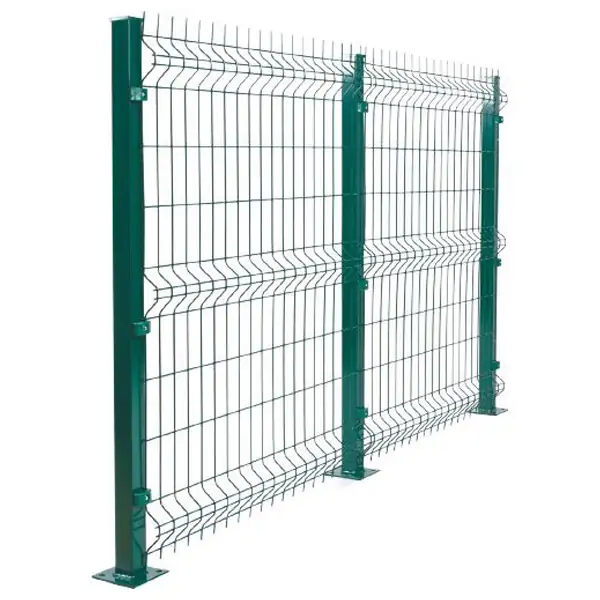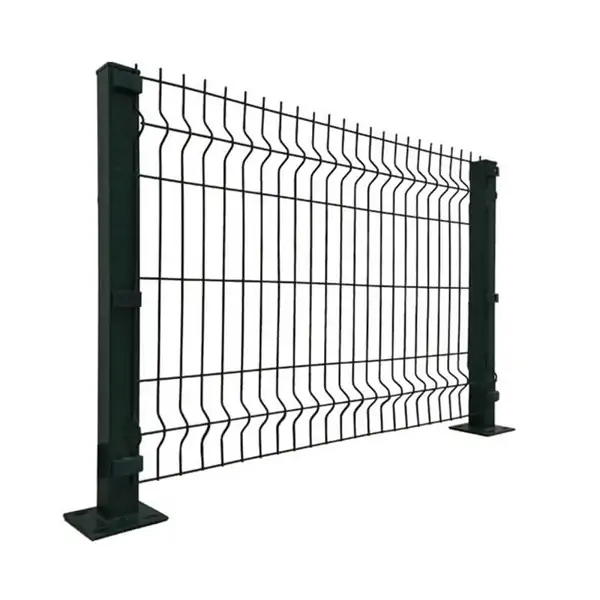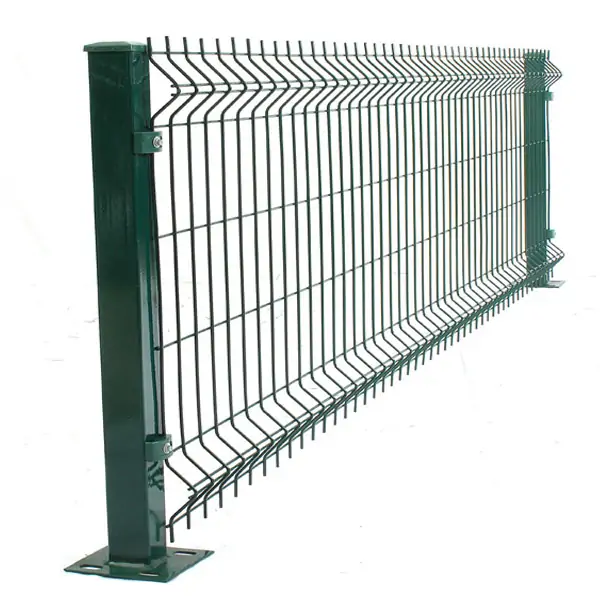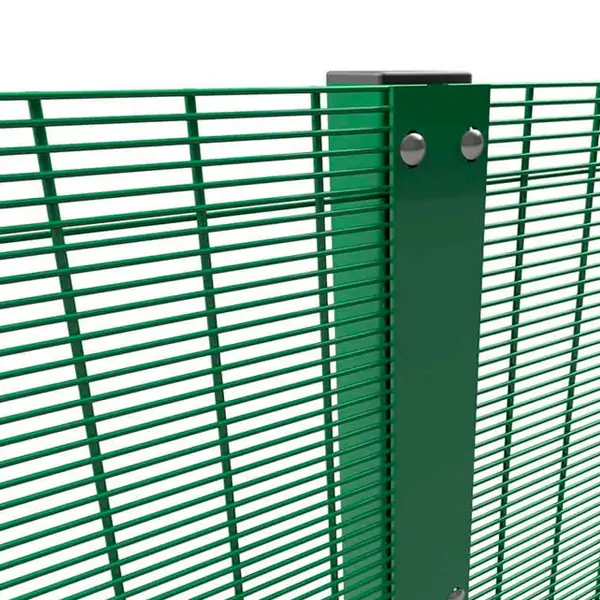Chain link fencing has become a popular choice for many homeowners and project environments. However, sometimes you may need to remove it for aesthetic reasons, to replace it with a different type of fence, or because it has become damaged or outdated. Removing a chain link fence may seem simple, but there are some mistakes you can make when removing a chain link fence that can make your job difficult.
In this blog, we’ll give you tips on how to avoid these mistakes, and 14 common mistakes people make when removing chain link fences. Whether you’re planning a DIY project or hiring a team, this guide will help you ensure a successful and hassle-free removal process.
Table of Contents
Toggle1. Lack of Proper Planning
Failing to Assess the Area
One of the most common mistakes is not properly assessing the area before beginning the removal process. It’s essential to thoroughly inspect the fence line and the surrounding environment to identify any obstacles or challenges. For example, you might have trees, shrubs, or other structures near the fence that require careful handling.
Key Points:
- Survey the entire fence line for potential obstacles.
- Consider the proximity of buildings, trees, or underground utilities.
- Plan for any necessary adjustments to accommodate these factors.
Ignoring local laws
Before you begin to remove a fence, you must contact local authorities to find out about regulations and permits. Many areas have specific regulations regarding fence removal, and failure to comply may result in fines or legal issues.
Key Points:
- Check with your local government or homeowners association for necessary permits.
- Know your boundary lines to avoid boundary disputes with your neighbors.
- Make sure you comply with any environmental regulations.
Not Planning for Waste Disposal
Disposing of the removed fence materials is another critical aspect often overlooked. Without a proper waste disposal plan, you might end up with piles of unwanted debris.
Key Points:
- Decide in advance how you’ll dispose of or recycle materials.
- Contact local waste management or recycling centers for guidelines.
- Consider donating usable materials or hiring a professional disposal service.
2. Using Inadequate Tools and Equipment
Wrong Tools for the Job
Many people attempt to remove a chain link fence using household tools not designed for the task. This not only makes the process more difficult but can also lead to damage and safety issues.
Key Points:
- Invest in or rent specialized tools such as bolt cutters, post pullers, and reciprocating saws.
- Understand the specific requirements for cutting and dismantling chain links.
- Avoid using makeshift tools that can cause injury or inefficiency.
Ignoring Safety Gear
Neglecting personal protective equipment (PPE) is a blunder that can lead to injuries. Chain link fences often have sharp edges and rusty sections that can cause harm.
Key Points:
- Wear gloves, safety goggles, and appropriate footwear.
- Consider protective clothing to avoid cuts and abrasions.
- Keep a first aid kit on hand for any minor injuries.
3. Underestimating Time and Effort
Misjudging the Complexity
Removing a chain link fence can be more complex than it initially seems, especially if you’re unfamiliar with the process. Many people underestimate the time and effort required.
Key Points:
- Assess the length and condition of the fence to estimate the effort needed.
- Recognize that different sections may require different approaches.
- Allow extra time for unforeseen challenges.
Lack of Human Resources
Trying to remove a fence on your own or without adequate help can lead to delays or even dangerous situations. Having adequate manpower can greatly simplify the process.
Key Points:
- Organize a team to assist with the removal.
- Assign specific tasks to each team member to increase efficiency.
- If the project is too large or complex, consider hiring a professional team to take charge.
4. Incorrect Post Removal
Improper Digging Techniques
Removing fence posts can be particularly challenging, especially if they’re set in concrete. Incorrect digging techniques can lead to damage or incomplete removal.
Key Points:
- Use proper tools such as a post-hole digger or auger.
- Be cautious of underground utilities; contact local services for assistance.
- Apply techniques for loosening the soil around the post for easier extraction.
Failure to Remove Concrete Footings
Many chain link fences are anchored in concrete footings, which must be removed for a complete extraction. Failing to do so can leave unsightly remnants in your yard.
Key Points:
- Break down concrete using a sledgehammer or jackhammer if necessary.
- Consider professional help if the concrete is extensive or difficult to remove.
- Fill the holes left behind with soil or gravel for landscaping.
5. Neglecting Fence Condition Assessment
Ignore Rust and Corrosion
Always assess the condition of your fence before removal. Rust and corrosion can weaken the fence’s structure and support capabilities and create risks during removal.
Key Points:
- Inspect the fence for rust and corrosion spots.
- Treat rusted areas with care to prevent injury or further damage.
- Plan to use other tools or techniques to treat severely corroded areas.
Overlooking Structural Weaknesses
Chain link fences may have weak spots or structural damage that require careful handling to prevent accidents during removal.
Key Points:
- Identify and mark weak sections for cautious removal.
- Use reinforcement techniques if necessary to stabilize the fence temporarily.
- Approach weak areas with caution to avoid collapsing sections.
6. Cutting the Fence Incorrectly
Wrong Cutting Techniques
Using improper cutting techniques can lead to uneven or jagged cuts, damaging the fence materials and making disposal more challenging.
Key Points:
- Utilize appropriate cutting tools like bolt cutters or angle grinders.
- Make clean, precise cuts to ease handling and disposal.
- Consider sectional removal for easier management.
Damaging Adjacent Structures
A significant blunder is damaging nearby plants, buildings, or structures during removal. Proper planning and care are essential to avoid collateral damage.
Key Points:
- Protect surrounding structures with barriers or padding.
- Plan the removal path to minimize impact on nearby areas.
- Be mindful of landscaping and other elements in close proximity.
7. Mishandling Hazardous Materials
Hazardous Materials Issues
Some older chain link fences may contain hazardous materials from chemical sources on the surface. These materials can cause problems if not handled properly.
Key Points:
- Identify any hazardous materials present in the fence.
- Follow safety guidelines when handling these substances.
- Consider hiring a professional to handle fences containing hazardous materials.
Environmental Impact
Understanding and mitigating the environmental impact of fence removal is crucial, especially if the fence is near sensitive areas.
Key Points:
- Follow environmental regulations for waste disposal.
- Avoid contaminating soil or waterways with hazardous materials.
- Implement eco-friendly practices for recycling and disposal.
8. Disposing of Materials Improperly
Improper Waste Segregation
Separating recyclable materials from waste is vital to ensure proper disposal and compliance with local guidelines.
Key Points:
- Sort materials into recyclable and non-recyclable categories.
- Contact recycling centers for metal and concrete disposal.
- Avoid illegal dumping or mixing hazardous materials with regular waste.
Legal Consequences
Improper disposal of fence materials can result in fines and legal issues, making it essential to adhere to local regulations.
Key Points:
- Familiarize yourself with local disposal laws and regulations.
- Obtain any necessary permits for disposal.
- Keep documentation of disposal methods for potential inspections.
9. Failure to Address Ground and Soil Issues
Ignoring Soil Stability
Removing a fence can affect soil stability, cause erosion, or damage other ground surfaces. These issues are critical to maintaining your landscape.
Key Points:
- Evaluate soil conditions before and after removal.
- Implement erosion control measures if necessary.
- For major soil stability issues, consult a professional.
Not Restoring the Area
Neglecting to restore the area after fence removal can leave your yard looking unsightly and uneven.
Key Points:
- Fill holes left by post removal with soil or gravel.
- Level the ground to prepare for future landscaping.
- Consider replanting grass or adding landscaping elements.
10. Overlooking Safety Precautions
Ignoring Weather Conditions
Working in adverse weather conditions can increase the risk of accidents and make removal more challenging.
Key Points:
- Monitor weather forecasts and plan work accordingly.
- Avoid working in extreme heat, rain, or strong winds.
- Implement safety measures for changing weather conditions.
Neglecting Surrounding Hazards
Failing to identify and mitigate nearby hazards can lead to accidents or injuries during the removal process.
Key Points:
- Conduct a thorough hazard assessment of the area.
- Be aware of power lines, roads, or other potential dangers.
- Follow safety protocols for working near hazardous areas.
11. Inadequate Cost Estimation
Budget Mistakes
Underestimating the cost of fence removal is a common mistake that can cause budget overruns.
Key Points:
- Create a budget for all aspects of the removal.
- Consider professional help with tools, large machinery, etc.
- Consider a contingency fund to cover unforeseen expenses.
Cost-Effective Strategy
This approach can ensure a successful demolition while helping you manage expenses.
Key Points:
- Compare DIY and professional demolition costs to determine the best option.
- Learn about other opportunities to recycle or sell materials to offset costs.
- Look for local organizations, such as environmentally friendly disposal grants.
12. Not Considering Future Plans
Forgetting About Future Installations
When removing a chain link fence, it’s essential to consider any future installations or landscaping plans that might affect the process.
Key Points:
- Plan for new fencing or landscaping to avoid future complications.
- Ensure compatibility with future projects by aligning removal with upcoming changes.
- Consider long-term maintenance needs for new installations.
Forgetting to maintain your fence
Neglecting maintenance can lead to many problems with your fence and can cost you a lot of money to repair.
Key points:
- Make a detailed maintenance plan for your fence.
- Choose durable materials and designs that are easy to maintain.
- Pay attention to climate issues and environmental factors that affect fence maintenance.
13. Communication Failures
Lack of Coordination with Neighbors
Failing to inform neighbors about your plans can lead to disputes or misunderstandings, especially when dealing with shared boundaries.
Key Points:
- Communicate openly with neighbors about your removal plans.
- Address any concerns or potential impacts on shared property lines.
- Work collaboratively to resolve boundary issues amicably.
Failure to Communicate with Professionals
Clear communication with hired professionals is essential for ensuring alignment and avoiding misunderstandings.
Key Points:
- Clearly outline your expectations and requirements with contractors.
- Establish open communication channels for questions and updates.
- Monitor progress to ensure adherence to agreed-upon plans.
14. Ignoring Professional Help When Needed
When DIY isn’t enough
If DIY doesn’t work or isn’t up to scratch. Trying other options can save time and energy.
Key Points:
- Compare the pros and cons of DIY vs. hiring a team service and choose the option that’s right for you.
- Identify signs that you’ll need professional help in advance (e.g., complex demolition, hazardous materials).
- Understand the benefits of professional services, including expertise, pricing, equipment, and after-sales service.
Choosing the Right Professional
Selecting the right professional for your fence removal project is essential to ensure a successful outcome.
Key Points:
- Research reputable fence removal services in your area.
- Ask for recommendations and read reviews to gauge reliability.
- Conduct interviews and obtain quotes to make an informed decision.
Conclusion
By knowing the 14 biggest mistakes listed in this guide, you can avoid common pitfalls when removing a chain link fence and get the job done without a hitch. Whether you tackle the project yourself or hire a professional, the key is to be prepared and proceed with caution.

